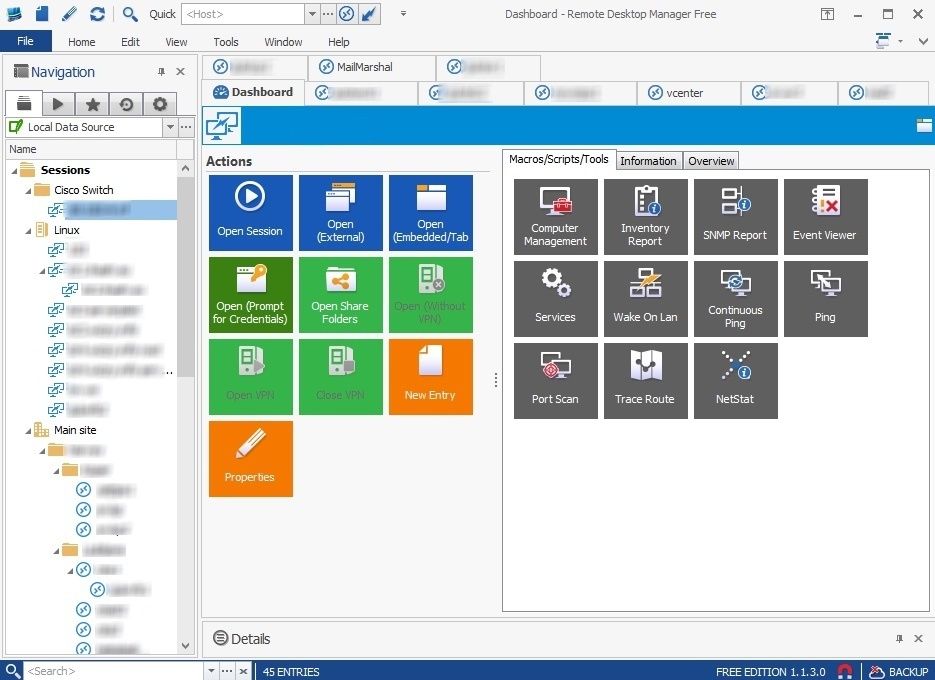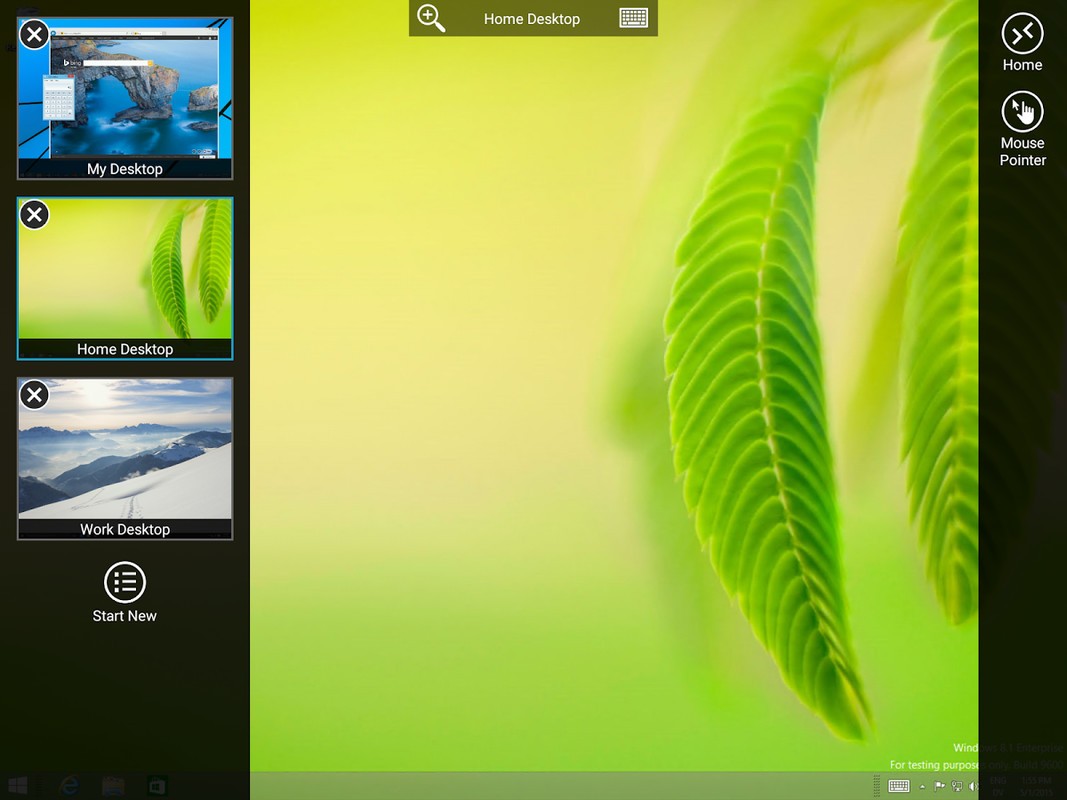

- Microsoft remote desktop workspaces full#
- Microsoft remote desktop workspaces windows 10#
It’s new, up-to-date, and brings the very best of Microsoft as a VDI alternative in Azure, including a native desktop operating system look and feel, as well as managed services. On the flip side, WVD may be more appealing for the following reasons: If you’re running an application that isn’t supported in a newer version, you can’t move to WVD. Microsoft remote desktop workspaces windows 10#
With Windows 10 Enterprise multi-session under the cover of WVD, applications that were written for RDS on Server OS may not work without updates.
Microsoft remote desktop workspaces full#
RDS lets you retain full ownership of not just the desktop virtual machines (VMs) but also the control plane (think RDS roles) that WVD now maintains.RDS is tried and true, well understood, and a market-tested solution. You may lean toward continuing with RDS in Azure for the following reasons: While not perfect, RDS worked well as a hosted desktop solution and alternative to other technologies like Citrix. Let’s evaluate the situation through the lenses of “technology” and “cost.”Īssess your technology needs: What’s most important to you?įor many, RDS technology evolved well over time and is battle tested.

If you’re ready to move to Azure, does it make more sense to “lift and shift” (rehost) your existing RDS to Azure? Or should you transition to the modern approach for running virtual desktops on the Azure platform by switching to WVD, the PaaS (re-factor) version of RDS? That said, you ultimately need to decide which technologies are right for you. If they are using M365, have Active Directory, and are looking for the best cloud native VDI solution out on the market, the decision is easy. Instead of waiting for all use cases to be ready for the cloud, with WVD, companies can direct users to the most appropriate environment for each user on a case-by-case basis and scale their VDI footprint at their own pace.
WVD offers autoscaling to spin down unused VDI sessions and is based on consumption pricing in the cloud versus the always-on infrastructure model.īecause it’s difficult to switch your environment from 100% on-premises to 100% cloud, the concept of hybrid is more important than ever. WVD is easier to set up, manage, and administer. Many customers are already eligible to use Azure WVD Windows 10 and FSLogix since licensing is already included in M365 E3/E5/A3/A5/F1. This gives flexibility to spin down expanded VDI footprints once we return to offices or classrooms. You can control WVD through Citrix or Horizon, so you can expand your VDI footprint without having to purchase additional hardware to host it. With WVD, you can quickly achieve a true Virtual Desktop Infrastructure (VDI) Windows 10 experience at a fraction of the cost. With working environments that demand accelerated implementation, flexibility, ease of use, and in some cases, expanded footprints, our Cloud Solutions Consultants are highly recommending WVD as a more cost effective and reliable solution than RDS. We’ve seen dramatic shifts in planned cloud usage as organizations scrambled to support remote workers, and are now adopting strategies to support remote and hybrid working models in the future. While these factors are certainly still relevant for your organization to consider, our new working environments point to a more obvious solution. When we originally published this article, our goal was to provide all the important considerations when deciding whether you should move your Remote Desktop Services (RDS) to Azure or switch to Windows Virtual Desktops (WVD). To say that a lot has changed over the past year would be an understatement.






 0 kommentar(er)
0 kommentar(er)
